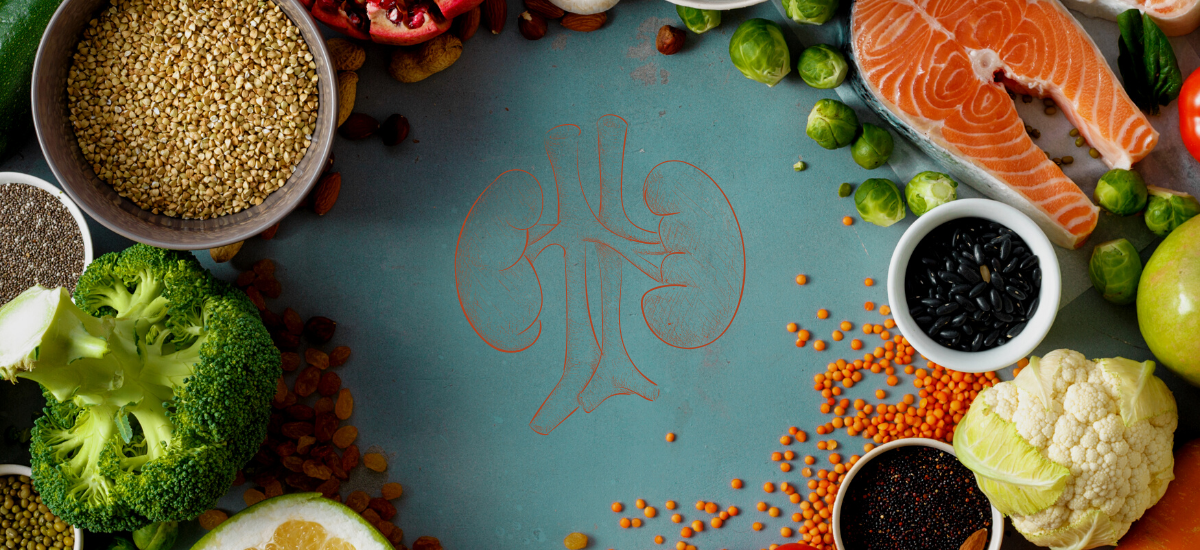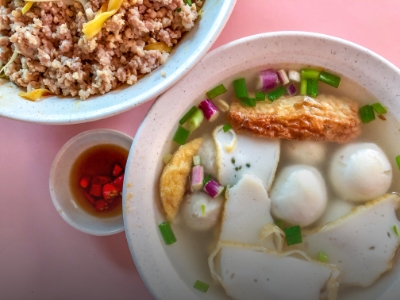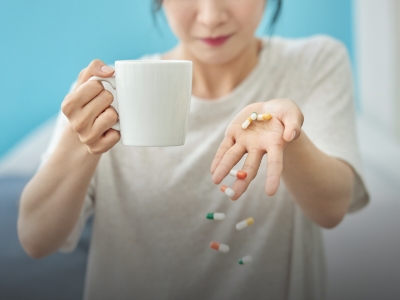Published on 8 November 2022
When you have kidney problems, diet becomes more important than ever.
Our kidneys remove toxins from our bodies. When you have chronic kidney disease (CKD), your body’s ability to remove waste is compromised. Making conscious food choices and having a well-balanced diet becomes an important part in managing your disease progression. Ms Lynette Goh, Principal Dietitian, and Ms Ng Su Yi, Senior Dietitian at the National University Polyclinics (NUP) has answers to some of the common questions from patients with CKD.
Why is diet important in managing my CKD?
The kidneys work to maintain a good balance of fluids, salts and minerals in the blood. When kidneys no longer work as they used to, there is a need to change one’s diet to prevent excess waste and fluids from building up in the body.
A kidney-friendly diet can also help preserve kidney function or delay progression to kidney failure. What is an appropriate diet differs from person to person, and very much depends on their level of kidney function.
What nutrients should I be concerned about if I have CKD?
Protein, sodium and potassium are the main nutrients to watch closely. The required intake of these nutrients will differ according to the patient’s age, body size, physical activity levels and stage of kidney disease. Since there’s so much variation, the best thing to do would be to consult your dietitian for a personalised diet plan.
Sodium
A patient with CKD should cut down on sodium, which is commonly found in salt as well as processed and canned foods. Sodium is known to cause retention of fluids in the body. Fluid retention in the body increases blood pressure and worsens CKD. However, it should be noted that the body does need some sodium and so it cannot be cut out entirely.
Potassium
Potassium is generally a good mineral for most people because it helps maintain a regular heartbeat and proper functioning of the nerves and muscles in the body. However, when the kidneys are not working as well, potassium may build up to dangerous levels in the body and this can affect the proper functioning of the heart. “Potassium is found in fruits and vegetables, but don’t be afraid to include them in your diet. Tips on avoiding those with higher sources and preparing them in the right way can help you maintain a safe potassium level,” shared Ms Goh.
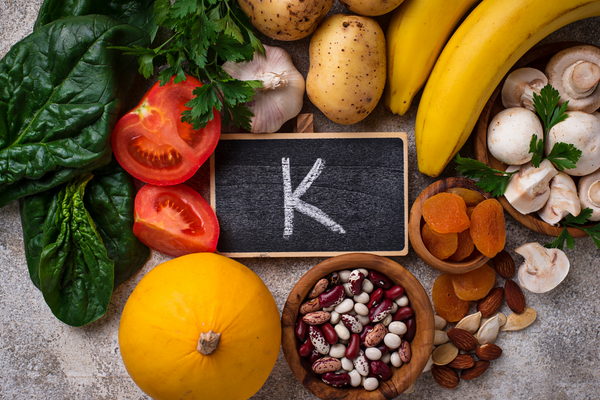
Try these tips to maintain a healthy potassium level:
1. Replace fruits and vegetables with high potassium content with those of low or moderate potassium content
| High potassium content | Moderate to low potassium content | |
| Fruits | Banana, melons, dates, kiwi, plums, dried fruits. | Apple, pear, orange, guava, lychee, mango, rambutan, papaya, watermelon, grapes |
| Vegetables | Bitter gourd, cabbage, Chinese kale (kai lan), mustard greens (chye sim), spinach, potato, tapioca. | Bean sprouts (tau geh) cabbage, French beans, hairy cucumber, lady fingers/ okra, lettuce. |
2. Keep to 2 servings of fruits and 2 servings of vegetables per day
| Example of 1 serving of fruit | Example of 1 serving of vegetables |
| 1 small apple/orange/pear (130g), 1 slices of papaya/watermelon (130g), 10 grapes (50g) | ¾ cup of cooked vegetables (100g), 100g raw non-leafy vegetables, 150g raw leafy vegetables |
3. Eat whole fruits and vegetables instead of having fruit or vegetable juices, or dried fruit
4. Cut fresh vegetables into small pieces, and soak them in water for 1-2 hours prior to cooking to remove the potassium. Discard the water and rinse the vegetables before cooking.
5. Drain all juice or syrups from canned fruits and vegetables.
Protein
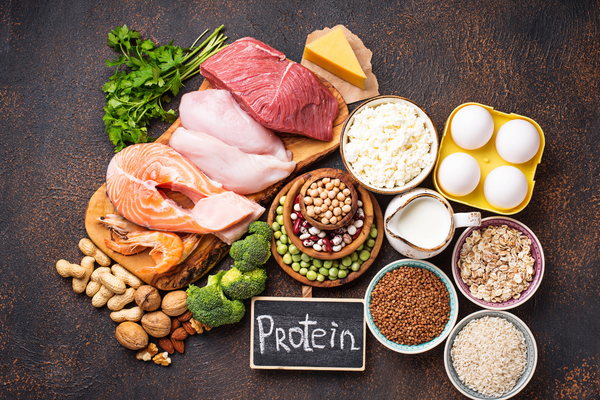
When we eat food that contains protein, the body breaks down the protein in order to absorb and use it. However, this process produces waste products, which require the kidneys to work. “One misconception that CKD patients have is to cut out protein entirely, however the downside of such over-restriction is that your body does not get enough nutrients to function properly. Protein is needed for building and maintaining muscles, healing wounds, and supporting your immune system,” explained Ms Ng.
She added that there is no ‘standard’ diet or amount prescribed to patients. Each individual’s dietary needs are different and changes depending on their kidney function.
Food tastes bland now that I have to limit my sodium intake. How do I add flavour to my cooking?
“Food will likely taste bland at first as your taste buds are not used to it. Give yourself six weeks to adjust to a lower sodium diet. You can also have fun with herbs and spices to give your food an extra boost of flavour,” shared Ms Goh.
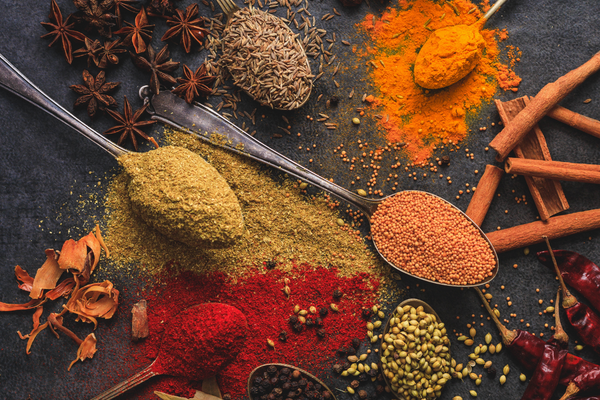
When adapting to a new diet, it’s easier to make changes gradually. You can start by reducing salt and processed sauces by half and using more natural seasonings such as lime, lemon juice, fresh chillies, onions, garlic and ginger. Herbs such as parsley, coriander, basil, and mint and spices such as pepper, cinnamon, cardamom, cumin and curry powder may also be used to flavour food. Just remember to choose fresh foods instead of canned or processed ones which usually contain high levels of sodium.
Also, always taste your food before adding more salt or sauces, and avoid adding extra salt and sauces when you’re eating.
I don’t have time to cook but it’s so difficult to eat out with my diet restrictions! Any advice or tips for eating out?
Eating out can be challenging as most meals are high in salt intake. Here are four simple ways to cut down on salt when eating out:
When having dishes with soup, such as noodles, ask to have the dish dry (i.e. leave the soup out) as the soup often contains high levels of salt.
Request your dish to be cooked with less sauce and gravy wherever possible.
If you prefer spicy food, ask for fresh-cut chilli instead of sambal or other spicy sauces.
Choose meals prepared with fresh vegetables and lean meat, poultry or fish instead of processed foods such as canned or processed meat (e.g. fishballs, fishcake, and sausages).
I’m vegetarian. How do I ensure I’m getting enough protein?
It is important to plan your meals instead of eating what turns up to ensure you’re getting enough and the right nutrients, including protein. “A good guiding principle is to consciously include plant-based protein in every meal,” said Ms Ng.
Good sources of plant-based protein include:
Soya and soya products such as tofu, tempeh, and soya milk
Meat alternatives such as non-fried soy meat and plant-based burger patties that may include soy protein, beans, and/or lentils
Dried beans, peas, and lentils
Grains (e.g. quinoa, brown rice and oatmeal)
Nuts, nut butter (e.g. hazelnut and almond butter) and seeds (e.g. sesame and sunflower seeds)
If you are lacto-ovo-vegetarian, you may also wish to consider dairy products such as low-fat milk, low-fat yoghurt, cheese, and eggs in your diet as these too are good sources of protein.
Changing your diet may not be as hard as you think! Whether or not you suffer from CKD, a good diet maintains a healthy body and well-functioning kidneys.
In consultation with Ms Lynette Goh, Principal Dietitian and Ms Ng Su Yi, Senior Dietitian, NUP

